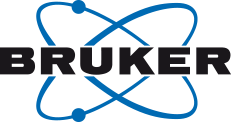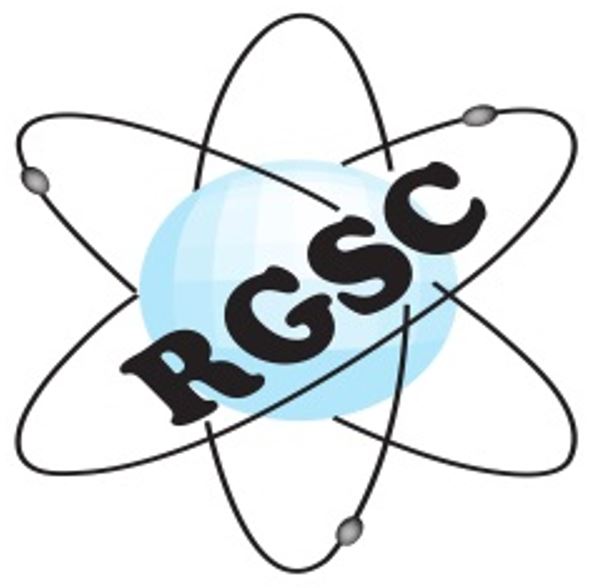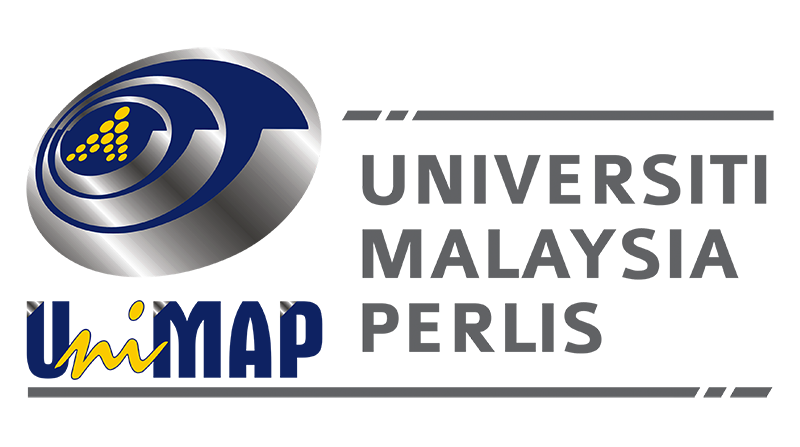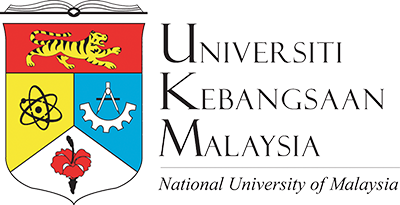Dr Suresh Sagadevan
(Nanotechnology & Catalysis Research Centre, University of Malaya, Malaysia)
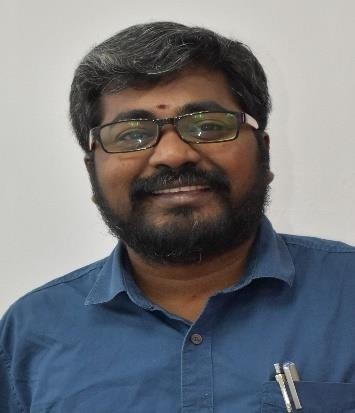
Biodata :
Dr. Suresh Sagadevan is currently working as a Senior Research Fellow in Nanotechnology & Catalysis Research Centre (NANOCAT), University of Malaya, Malaysia. He has authored 10 international book series and 25 book chapters. He has published more than 300 research papers in National and International journals. He is a member of many professional bodies at the national/international level. He is the editor/ editorial board member/ reviewer for various high-impact factor journals. He also has 2 filed patents to his credit. Indeed, his current spans and brilliant discoveries are more focused e.g. Nanofabrication, functional Materials, crystal growth, graphene, polymeric nanocomposite, glass materials, thin films, switchable device, electron microscopy and spectroscopy, bio-inspired materials, drug delivery, tissue engineering, cell culture and integration, switchable device modulation, flexible and transparent electrodes, supercapacitor, optoelectronics, green chemistry, and biosensor applications.
Abstract :
Cobalt Oxide nanostructured for electrochemical and photocatalytic applications
Suresh Sagadevan*
Nanotechnology & Catalysis Research Centre, University of Malaya, Kuala Lumpur 50603, Malaysia
In recent years, nano metal oxides are widely known for their potential applications in science and technology. This has led to progress in several processes for the preparation of nanoparticles, including anticipated physiognomies, corresponding dimensions, forms, morphology, imperfections in the crystal construction, and monodispersion, for potential use in medicament applications. The nanostructured materials received much attention due to their distinctive properties such as higher damping, mechanical stability, high strength, and good thermal conductivity. The nanostructured metal oxides, in general, maintains the high surface area and that developed much interest in the research due to its wide range of applications including optical electronics, sensing devices, and nanoelectronics. Photocatalysis technology offers excellent potentials for the complete removal of organic and other biochemical pollutants in an environmentally friendly and sustainable means where the outcome is without the involvement of greenhouse gas emissions. It has been found that under UV-Visible light irradiation, the nanostructured semiconductor metal oxide photocatalysts can easily degrade many different organic and biochemical pollutants. Since the photocatalysis is a process which involves the breaks down or decomposition of various dyes, organic dirt, and biological species like harmful fungi and viruses by making use of the UV or visible light in a sustainable manner. Herein we report on various surface morphological characteristics of the synthesized cobalt oxide (Co3O4) nanostructures obtained by means of facile one-step hydrothermal method for oxygen reduction reaction (ORR). The synthesized nanostructures of Co3O4 were adequately characterized by field emission scanning electron microscopy (FESEM) fitted with Energy-dispersive X-ray spectroscopy (EDX) elemental mapping, X-ray diffraction (XRD) and Raman techniques. The electrochemical studies were carried out to analyse the performance of as-synthesized catalysts for ORR by cyclic voltammetry (CV), and chronoamperometric (CA) techniques Further testing of the photocatalytic activity through the degradation of various dye confirmed for an effective and potential catalytic nature of the synthesized samples.


